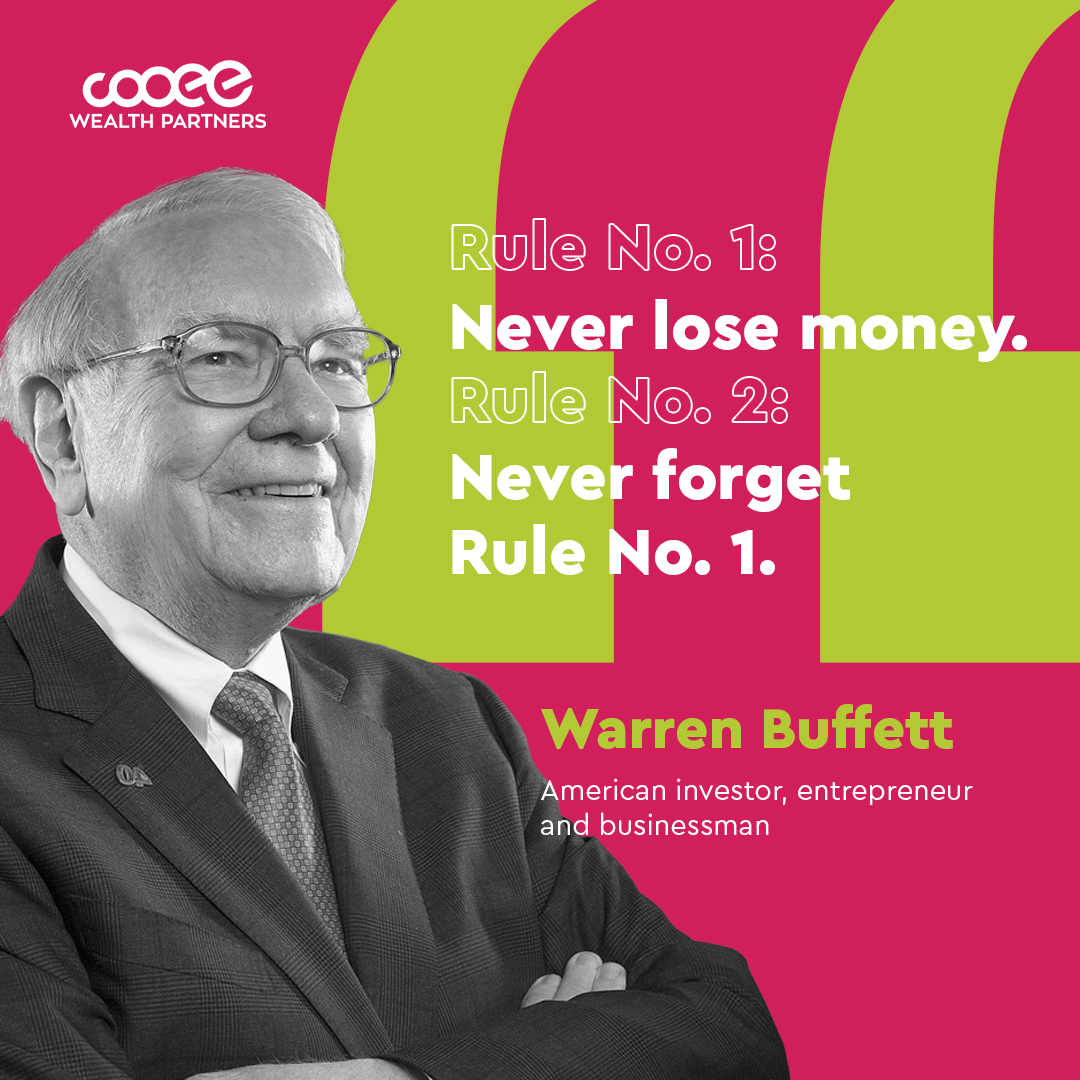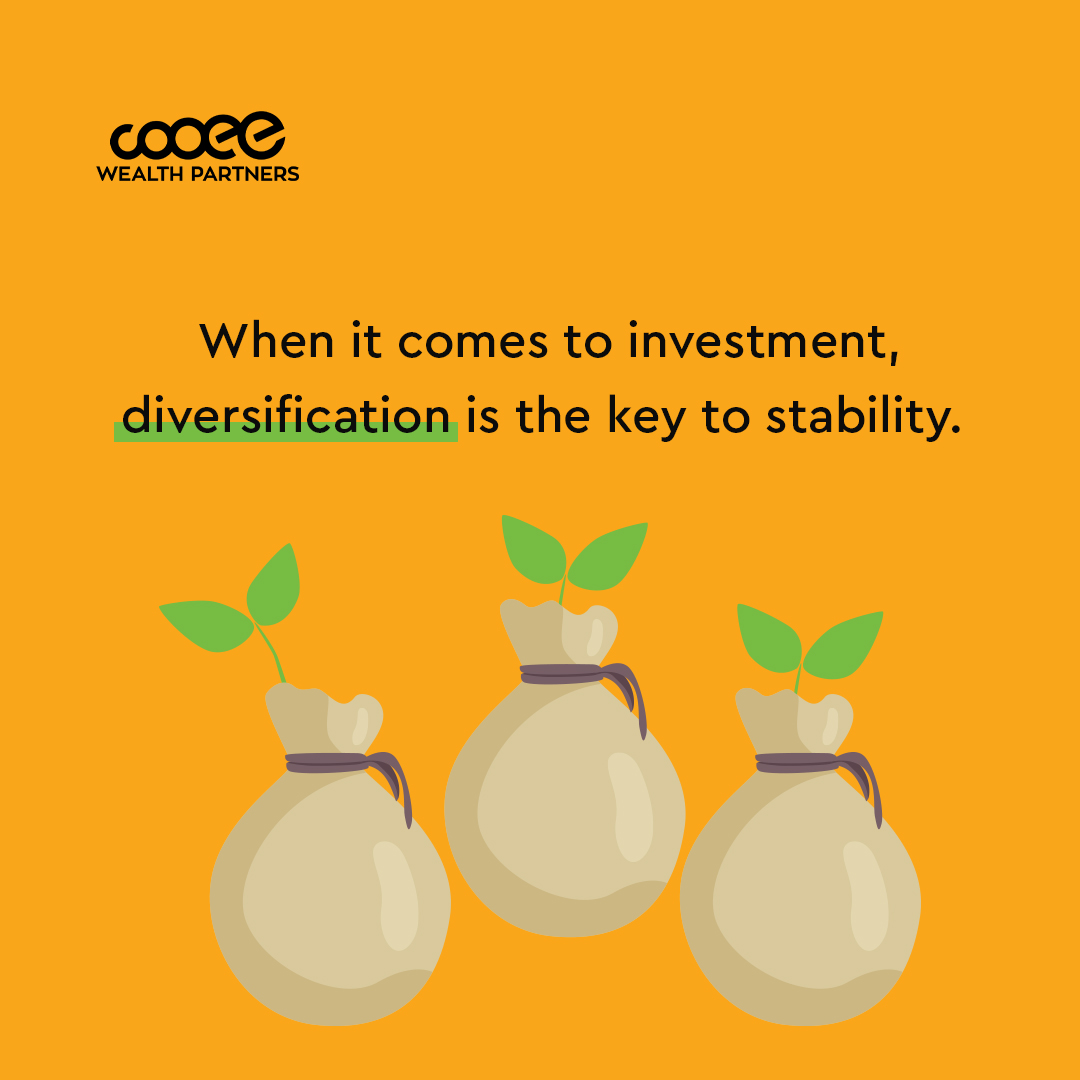
It’s easier than ever to buy direct company shares, but the hard part is picking the winners. Even seasoned professional traders struggle to consistently outperform the market, as evidenced by the Standard and Poors Index Versus Active Scorecard, which is prepared every six months.
The truth is, when investors build their portfolios independently, they often overlook fundamental factors and rely on personal sentiment rather than any objective valuations. This approach can lead to suboptimal outcomes and missed opportunities. Fortunately, financial advisers have a proven track record for identifying outperforming styles or funds, using their expertise to navigate the complex world of investments.
We all know that market conditions have undergone notable shifts, warranting careful consideration regarding investment. The recovery in global risk assets has been concentrated in a small number of US mega stocks, leading to concerns among observers. Historical data suggests that when equity recoveries have been this narrow in the past, they have rarely been sustained.
So, how do investors know which direction to take, and how can they create a path to long-term financial success?
Experts say that spreading investments across multiple asset classes is one way that investors can mitigate risks associated with concentrated holdings and increase the potential for consistent and strong returns. However, achieving the right balance among these asset classes requires careful consideration and expertise.
Navigating the complexities with a financial adviser is the smartest way forward.
Is buying stock wrong?
There is no denying that including stocks in a well-rounded investment portfolio can offer various benefits. In fact, most portfolios would have Australian and international stocks as the major asset class. However, trying to identify and pick the winners in this asset class is challenging, which is why it is important to carefully construct and diversify your investment portfolio.
Asset types have varying degrees of risk that investors need to consider when they evaluate their portfolio, especially if they’re looking to expand it or allocate more resources to one particular asset. How a fund is allocated accounts for how the rest of the portfolio will perform – stock selection is only one aspect of the process.
Your financial adviser will be able to provide a thorough explanation of asset allocation theory, but here is a general overview:
- Asset allocation is based on the concept that various asset classes have different levels of correlation. Diversifying across these classes can enhance risk-adjusted returns.
- One study shows that more than 91.5 per cent of a portfolio’s return is influenced by its allocation among asset classes.
- In the same study, individual stock selection and market timing contributed less than 7 per cent to the overall return of a diversified portfolio.
- According to a study on pension plan managers, 91.5 per cent of the variation in performance between different portfolios can be explained by their asset allocation.

Why do you need to diversify your portfolio?
Smart investment practices can be powerful in future-proofing your wealth, but how do you know the difference between a good investment plan and a terrible one? Many financial planners believe that diversification is the key to building a successful portfolio – and for good reason.
Prioritising a more balanced portfolio allows investors to cushion the blow of any underperforming assets. But how exactly does investment diversification work?
It exists at multiple levels of the process, with three main considerations including:
- Asset class – this is the type of investment such as shares, property, bonds and private equity. A diversified portfolio will contain a range of asset classes.
- Region – it is important to diversify across different geographical areas. For example, if you apply the strategy to your investment property portfolio, it would mean allocating shares to Australia, the United States, Europe or emerging markets.
- Sector – this references the type of industry you invest in. For example, a diversified portfolio wouldn’t centre solely on investment in aviation companies. You would expect to see a wide range of industries.
To put it simply, diversification lowers your portfolio’s risk – if one area or industry fails, you won’t lose everything. Diversifying helps minimise the risk of overconcentration in assets as a whole, whether they underperform or outperform.
A reliable financial adviser will help you determine your needs and identify what will work best to help you create a plan to achieve your set goals.
3 things to do before investing

Before you sign on with a financial planner, it’s important to understand not only what services they offer, but also how they work. At Cooee Wealth Partners, our experts take a holistic approach to educate and work with clients to determine what practices should be followed, and what should be avoided.
1. Get clear on your goals and manage your risk
What are your financial goals? It reads like a simple question, but the answer can be complex. Moving forward with an idea as vague as ‘generating income’ doesn’t take into account what an investor is putting money aside for – their hopes, dreams and long-term plan. Establishing this purpose is a fundamental part of developing a well-rounded investment strategy.
Setting your goals is the first step on your path to financial success. Not sure where to start? Ask yourself the following questions when determining your goals:
- What are your top goals? You need to identify what you want to achieve with your overall financial and investment strategy and how the assets in your portfolio can contribute to your strategy’s success.
- What is the timeline for each goal? Break them down into short-term, mid-term and long-term categories.
- What investments align with your goals? Educate yourself on the different asset classes and determine what timeline category they sit under. For example, a high-yield savings account might be a short-term investment opportunity.
Aside from setting goals, knowing how to manage risk is another aspect an investor needs to establish for themselves. Also as valuable is identifying your risk tolerance – the amount of loss you can manage in each investment decision. Is your strategy aggressive, conservative or moderate? Are you a big risk taker, or prefer to minimise the losses?
Understanding your risk tolerance will allow a financial planner to assess how they allocate resources and adequately plan your portfolio.
2. Understand the fundamentals of investing
How well do you understand the share market and how to value opportunities? It is not uncommon for self-guided investors to make mistakes. Take online trading for example. It’s right there, readily available at our fingertips, but so too is the risk of creating the perfect storm.
Naturally, every investment comes with some level of risk, but it shouldn’t be like playing roulette or relying on pure luck when you have the right tools. If you plan things out, do your research and spread out your investments, you can actually minimise those risks and grow your wealth over time.
Of course, when people are self-directing their investments, they can get caught up in their preferences and beliefs. This is where a financial advisor can help. Behavioural coaching is one of the most valuable components of financial advice.
Our team at CWP is all about keeping it real and focusing on the fundamentals, not getting caught up in the latest fad that promises investors they’ll get rich quickly. Instead, the CWP wealth partners apply up-to-date research, knowledge and theory to each individual case that results in smart and informed decisions.
3. Keep your options open and diversify
Take a moment and think about your favourite sporting team, whether you follow AFL, NRL or Union. Now, imagine if the coach made the mistake of placing players in the wrong positions. No one wants to see the centre playing full-forward and vice versa. Imagine the frustration!
Now apply that same principle to your investment portfolio. Each asset in that portfolio plays a specific role in the bigger picture. Putting all focus on one role – or in the case of investment, one sector or asset class – is a risky move.
Diversification is the key to success and choosing assets that perform well at various times is a strong move. This is exactly why Cooee Wealth Partners’ model portfolios include a mix of different assets, industries and countries.
Our investment philosophy is built on our core beliefs and our model portfolios allow us to deliver our best investment ideas at the same time for all of our clients. As the approach is all about spreading the risk, chances of success within each model portfolio are increased. The portfolios are closely monitored and updated accordingly based on market events.
When all is said and done, investing doesn’t have to feel like a game of chance, no matter how online trading tool ads make it out to be. In the long run, keeping an eye on your goals and focusing on sound evaluation beats flashy promises of big returns.
We know how investing works in the real world. Contact us and one of our advisors will help you make your goals a reality.






